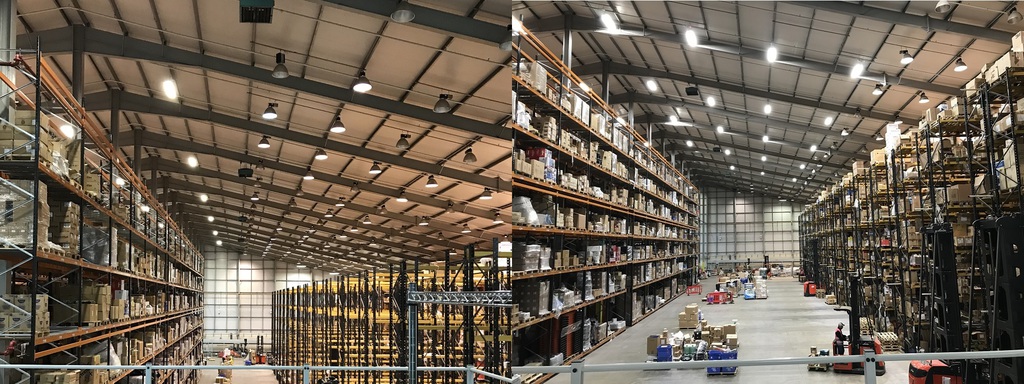

|
Edward Lowton
Editor |


|
| Home> | Energy Management | >Lighting | >Lighting: Holistic approach needed |
| Home> | Premises management/maintenance | >Lighting | >Lighting: Holistic approach needed |
Lighting: Holistic approach needed
24 July 2018
When it comes to improving lighting systems, some facilities managers apply the same logic as they would to changing a simple light fitting at home; as a result, too many industrial and office buildings are poorly lit and far more expensive to run than they should be, according to Steve Gardner, sales director of EcolightingUK.

“Of course, facilities managers cannot be expected to be experts in everything, but considering the impact that the wrong type of lighting can have on a building’s working environment and, indeed, a company’s energy bill, it is perhaps surprising that some managers do not take more time to understand the lighting options available to them when they are tasked with upgrading a site’s luminaires,” says Steve Gardner.
He continues: “Too many companies – of all sizes – employ a local electrician that will install the fittings he gets from a local wholesaler whose main interest is shifting units. Very little thought is given to the lighting system as a whole and, as a result, over time, buildings end up with a ‘mish mash’ of light fittings that deliver inadequate light and burn more energy than is necessary.
"In a lot of cases there is an assumption that as long as sodium luminaires have been replaced with LED fittings the job is done, but there is so much more that can be achieved by taking a holistic approach.
“For example, from the outset, it is important to consider if energy could be saved by fitting occupancy sensors instead of just changing the fittings? Does the position of the fittings provide uniform light output across the building? By reducing the number of fittings can light output be sustained or even improved as well as reducing costs?
“These are the sort of issues that are all too rarely considered and, as a result, lighting quality and energy efficiency is compromised.”
Gardner concludes: “Lighting is one of the biggest consumers of energy and by not fully exploring all of the options when its time to upgrade a site’s luminaires, facilities managers risk wiping thousands of pounds off of their employer’s bottom line every year.”
- Saving energy in the warehouse
- Maximise light, minimise energy
- Low energy lighting installer awarded
- Savings on new LED lighting installations
- Energy saving LED high bay
- Lighting: Importance of correct design
- LED luminaires
- LED solution for new warehouse
- Showcasing LED lighting at IMHX 2019
- Pet food supplier fetches huge energy savings

















